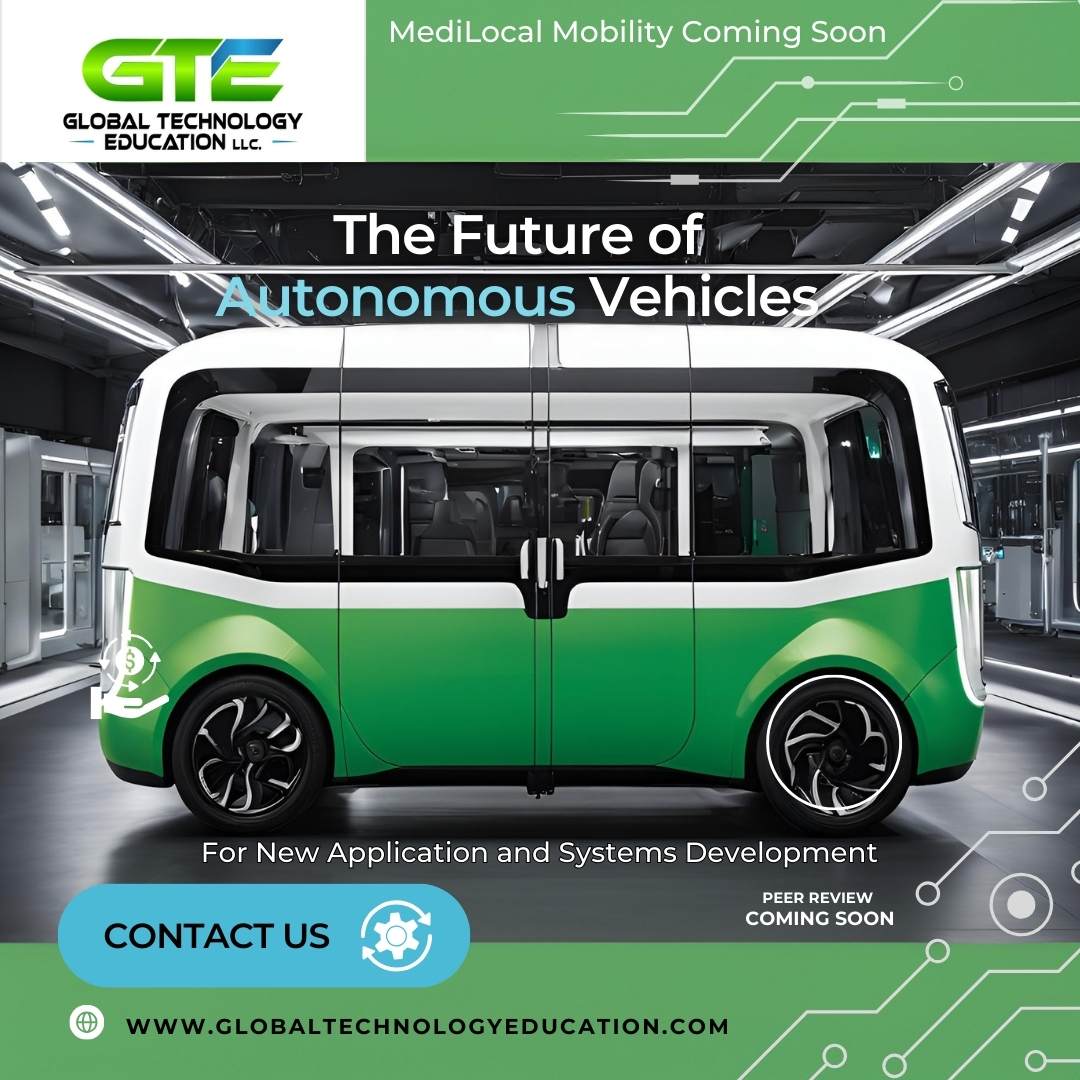Jacksonville, Florida – The Holon plant will give Jacksonville the first automotive manufacturer and autonomous people mover maker in Florida and makes the city “a serious player,” says Donna Deegan, Mayor of Jacksonville, Florida.
HOLON becomes the first automotive OEM to manufacture in the State of Florida with slated production of the first industrialized autonomous, electric shuttles in the U.S. to begin in 2026.
According to McKinsey, by 2030 about 95% of new vehicles sold globally will be connected, up from around 50% today. Around 45% of these vehicles will have intermediate and advanced connectivity which — per McKinsey’s connected car customer experience framework — includes features like access to personal profiles for digital services, ecosystems and platforms, multisensory interactions for all occupants, and intelligent decision-making through seamless linkages to the environment.
In just the United States, which has the largest percentage of connected vehicles, ABI Connected Car Market Data reports 91% of new vehicles sold in 2020 were connected. Figures for Asia-Pacific and Latin America were 51% and 37%, respectively.
“Holon is exactly the type of company that we want to attract here in Jacksonville — an innovator and job creator with a global reach and a reputation for delivering,” Deegan said. “We are grateful for your $100 million investment into the Northwest corner of our city, and of course the 200 jobs with competitive pay and substantial benefits that you will bring as well.”
Holon officials said the plant will create 150 initial jobs and upwards of 1,000 as production and customer demand increases.
Increased Accessibility and Equity
Autonomous micro-mobility also has the potential to improve accessibility and equity in public transportation. By providing affordable and convenient transportation options, these systems can help to reduce barriers to mobility for underserved communities, the elderly, and those with disabilities. This increased accessibility can lead to greater social and economic opportunities for all.
Enhanced Efficiency and Sustainability
In addition to improving connectivity and accessibility, autonomous micro-mobility can also contribute to more efficient and sustainable public transit systems. Self-driving vehicles can be programmed to optimize their routes, reduce congestion, and minimize energy consumption, leading to lower emissions and a smaller environmental footprint.
Integrating with Existing Infrastructure
One of the key challenges in implementing autonomous micro-mobility solutions is ensuring seamless integration with existing public transit infrastructure. This requires close collaboration between transit agencies, technology providers, and urban planners to develop a cohesive and user-friendly system. By leveraging data and advanced analytics, these stakeholders can identify the optimal placement of micro-mobility hubs, coordinate schedules, and provide real-time information to riders.
The Future of Public Transit is Autonomous and Connected
As we look to the future, the integration of autonomous micro-mobility with traditional public transit systems holds immense promise. By enhancing connectivity, improving accessibility, and promoting sustainability, these innovative solutions have the potential to transform the way we move around our cities, making public transportation more efficient, equitable, and accessible for all.
The company will achieve compliance with applicable regulatory requirements, including Buy America, to ensure customers can leverage federal funding to deploy and operate the vehicles on public roads.
“We expect 5,000 (vehicles) in the first step, in one shift, and the maximum capacity is 12,000 cars per year in two shifts,” said Petr Marijczuk, chief operating officer for Holon. “JTA are the first customers, and the pilot customers. But then they will go around the U.S. and abroad. We already have contracts for Saudi Arabia and Europe, so you will see the export to other countries.”
JTA has been planning the Ultimate Urban Circulator for years.
The first of three phases will consist of 14 autonomous electric vehicles carrying people between the Jacksonville Center for the Performing Arts area to Everbank Field, Vystar Veterans Memorial Arena and 121 Financial Ballpark. U2C vehicles are fully autonomous, with laser, sonar and radar guidance and detection systems able to navigate around cars and pedestrians and react to stoplights and crosswalks, JTA says.
According to conservative estimates, 570,000 movers will be in demand by 2040. Per year. And for what?
Construction will begin soon to modify the first 3.2-mile stretch of Bay Street with 12 bus stops for the autonomous vans, plus sensors and cameras to support them as they move among the usual automotive traffic. JTA says the first U2C service will start by June, and the agency is building an Autonomous Innovation Center at Bay and Jefferson streets where the entire $65 million system will be monitored.
[excerpt from Jax Today]

